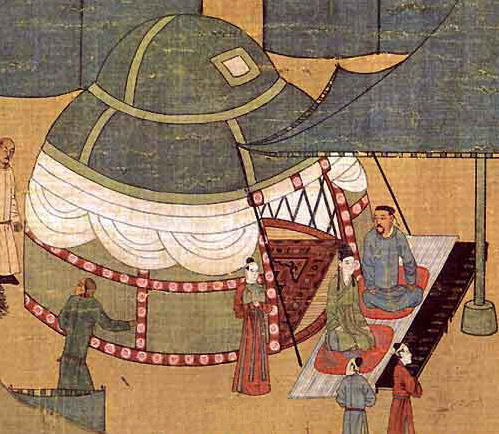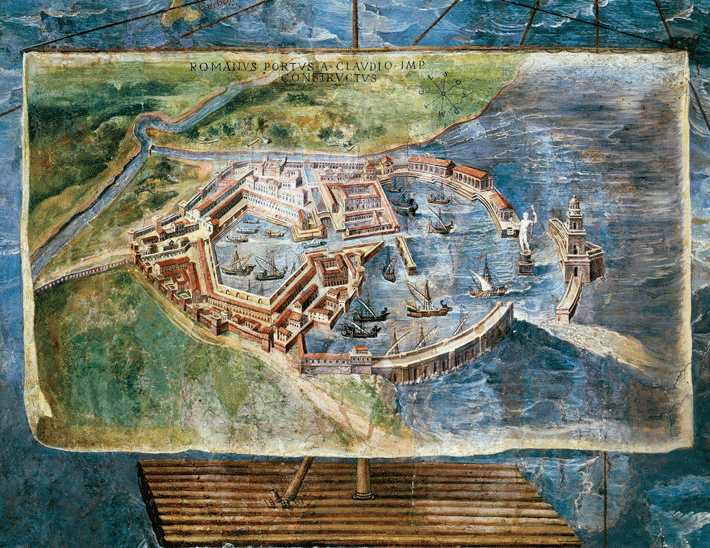There are two pieces of news concerning my history book, Dawn and Sunset, that I'd like to share with you.
My book entered the contest, Eric Hoffer Book Award, for independent books. The results will be published in May, 2017. It's a great honor. The book was nominated by my publishing house, Authorhouse UK.
Pacific Book Review published a review of my book and I could not expect anything better. Here is the text.
Author:
Michael Baizerman
Publisher:
AuthorHouseUK
ISBN:
9781504936118
Pages:
289
Genre:
Education
Reviewed
by: S. Marie Vernon
Rating:
4 Star Review
Pacific
Book Review
Dawn
and Sunset is a compelling Tale of the Oldest Cities of the Near East written
by
amateur
historian and Israeli high school English teacher, Michael Baizerman. It’s
clear,
Baizerman has spent countless hours researching and documenting this work.
He
has compiled minute details of everyday life of the inhabitants of the old
world
known
as Mesopotamia and the cradle of civilization. The oldest cities encompassed
the
Persian Gulf area and were referred to as Sumerian, Akkadian, Babylonian and
Assyrian
regions. The Mesopotamia area today is known as Eastern Turkey, IRAQ,
Kuwait,
Baghdad, Iran and Northern Syria. The Greek meaning of Mesopotamia is,
“land between two rivers.” The twin rivers, the Tigris
and Euphrates nourished
Mesopotamia
and made it possible for nomadic tribes to begin to cultivate the land for
agriculture
and eventually settle into communal villages where life as we know it began.
Then
much changed over the course of time. A lot of historical ground is covered in
the
many
millenniums referenced with some emphasis on the third and fourth millennia
BCE.
This
work may be more than A Tale, perhaps it’s a social study of our earliest
ancestors?
Perhaps it’s closer to a documentary of facts, yet facts that are sometimes
verified
through myths, legends and the poetry of that millennium? Baizerman blazes
on
undaunted by the scarcity of information for some periods and events. He
gathers
his
content from different angles to expose discrepancies and biases for what they
were.
If there is no documentation to support the claim he will pursue other avenues;
he
will find a hieroglyphic, a poem or an architectural marker of that time period
so his
points
are well documented. The author himself says it best, “Only artists and
scholars
are
entitled to examine our history through a magnifying glass with inexhaustible
vigor,”
which
he does very well in creating this educational volume called Dawn and Sunset.
The
Gods drove every decision in the ancient world. Temples attested to their glory
and
power.
In the beginning, the Temples controlled the economic life of a community.
They
were central to all the regions and the many Gods were worshipped and honored
constantly.
Life was a battle, a consistent struggle with the hostile land and various
populations
of people. Irrigation and farming allowed for communal villages to give way
to
more complex societies with district states. Then pristine cities became early
empires
and these gave way to dynasties with corruption and exploitation that would
bring
in the Dark Ages and the eventual collapse of this early civilization that had
been
“Two thousand turbulent years in the making.” The temples
fell to government rule and
general’s
built extravagant palaces to display power and demand respect whether they
deserved
it or not. Many great leaders and warriors would rise and fall. Some were
virtuous
and some were not. War was inevitable and peace was all but nonexistent.
Through
it all, writing, language and technological advancement prevailed; metals,
ceramics
and new building materials enhanced and changed their way of life forever.
New
transportation routes and foreign trade changed the landscape, social classes,
and
the
expectations of the people. Division of labor and other inequities emerged that
would
lead to more wars and the eventual demise of a once glorious nation known as
Mesopotamia.
From pre-civilization to civilization to its very downfall, this book delivers
a
lot as each chapter is organized and packed with great detail about the
grueling and
difficult
historical times between the Dawn and Sunset of Mesopotamia– A Tale of the
Oldest
Cities of the Near East. Ironically, through this writing we can see many
parallels
of
modern day society as it faces some of the same indignities and dilemmas of
this
historical
period.
After
Dawn and Sunset author Michael Baizerman emerges with a new book and is
already
writing it. It’s about the attitude of the Latin West to the East on the eve of
the
Age
of Discovery. Both books should appeal to history lovers and educators who like
a
dedicated
spirit of inquiry and documented exposure of facts that may not be so factual.
Of
course, any differences in opinion, by this author is well researched, well
documented
and well written. These volumes are sure to be a handy resource for any
educator
who would like that little extra detail when it comes to the history of ancient
civilizations.










